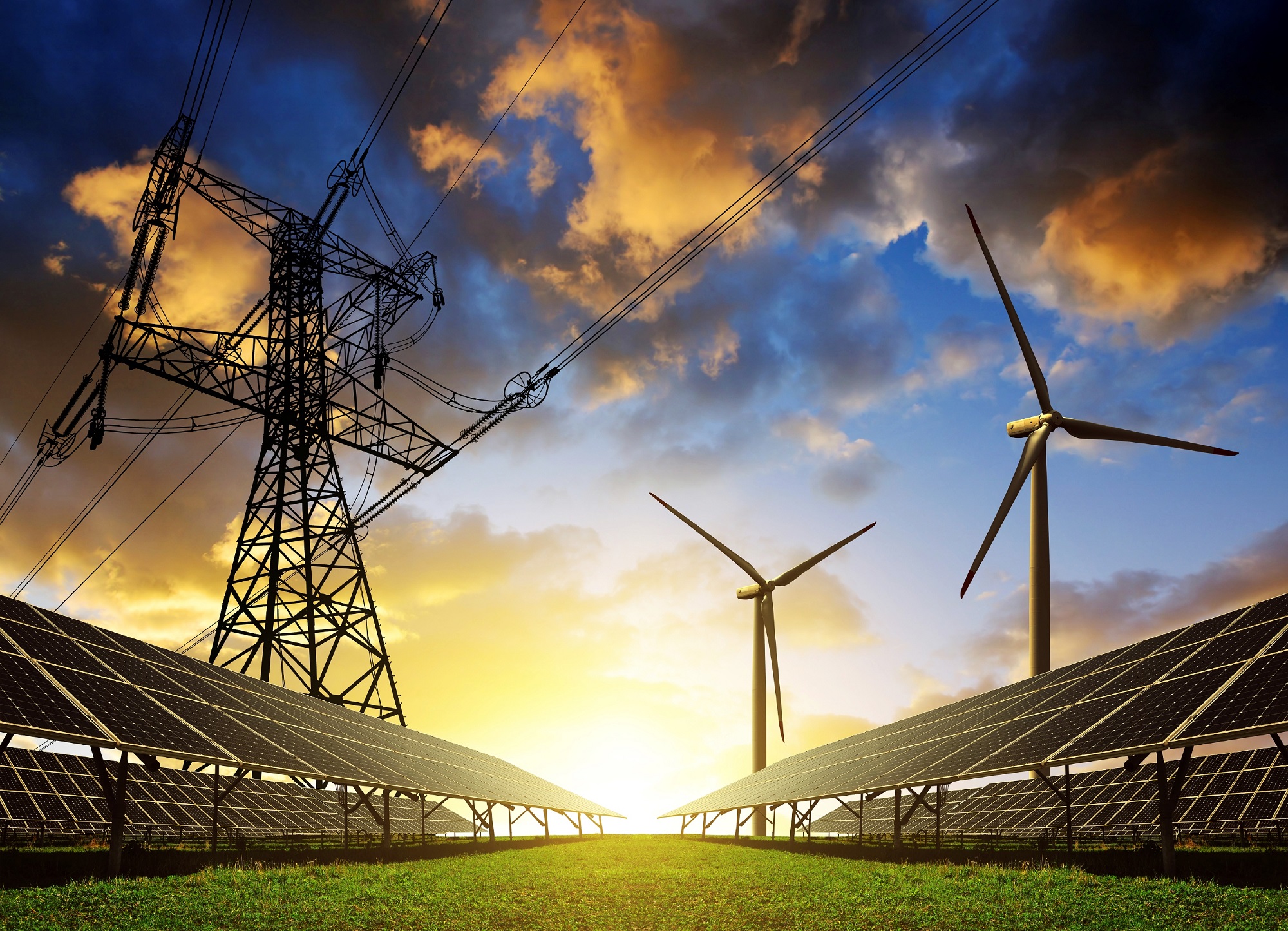Sunday, 21/12/2025 | 10:54 GMT+7
The disclosure platform assessed the energy management targets of more than 9,500 companies across the world, collectively purchasing enough electricity to offtake 13% of the world's generation each year.
These companies claim, on average, to be purchasing enough renewable electricity to meet 29% of their demand. But almost half are purchasing no renewable electricity at all, and only 10% of those studied are aiming to consume 100% renewable electricity.

The most common target deadline for reaching the 100% milestone is 2033. Companies with targets are more likely to procure a greater share of renewable electricity.
While large companies are more likely to have set these time-bound targets, SMEs generally source enough renewable electricity to account for a greater proportion of their demand than their larger peers.
CDP has concluded that, if the private sector is to play its role in supporting a global trebling of installed renewable energy generation capacity by 2030, “a much greater shift in market behaviour” is needed – “and fast”.
“Most companies are still moving far too slowly on renewable electricity, despite it being in their business interest to do so”, said CDP’s director of climate change Amir Sokolowski.
“As COP29 calls for urgent and accelerated climate action, our data highlights an immense, untapped potential in corporate renewable energy use. The path forward demands companies of all sizes prioritise verifiable renewable energy use and purchase targets alongside energy efficiency targets. Without this, the global energy transition risks stalling.”
Sokolowski stipulated that companies purchasing large quantities of electricity, dubbed ‘super-users’ by CDP, need to do more to lead by example as they have the ability to shift the electricity market.
CDP further found that less than 5% of companies have set any time-bound, numerical energy efficiency targets.
The organisation has warned that businesses are, therefore, missing ample opportunities to cut their energy costs and their carbon footprint.
The International Energy Agency (IEA) has recommended that the global rate of primary energy intensity (how energy efficiency is measured) should improve by 4% each year this decade to support the global energy sector's transition to net-zero 2050.
But the rate of improvement is likely to be just 1% this year. This was the same rate seen in 2023, and is less than the average rate recorded between 2010 and 2019.
According to the Agency, progress is largely driven by national-level policies at present. This leaves much room for the private sector to improve on a voluntary basis.
Around 125 businesses take part in The Climate Group’s Energy Productivity workstream, EP100. In comparison, more than 400 are signed up to its renewable energy workstream, RE100.
According to edie.net








 Webinar 2: “Financial Support for Energy Efficiency Enterprises – Opportunities and Challenges”
Webinar 2: “Financial Support for Energy Efficiency Enterprises – Opportunities and Challenges”
 Vietnamese enterprises achieve green growth and cut costs through energy efficiency
Vietnamese enterprises achieve green growth and cut costs through energy efficiency
 Capacity Building for Program Implementing Entity
Capacity Building for Program Implementing Entity
 Enhance Energy Efficiency Knowledge for Managers of Cement Industrial Enterprises
Enhance Energy Efficiency Knowledge for Managers of Cement Industrial Enterprises
 Promoting Energy Efficiency for Technical Staff of Brick and Ceramic Sector
Promoting Energy Efficiency for Technical Staff of Brick and Ceramic Sector
 Capacity building for participating financial institutions of the VSUEE Project
Capacity building for participating financial institutions of the VSUEE Project
 Capacity building for participating financial institutions in Ho Chi Minh City
Capacity building for participating financial institutions in Ho Chi Minh City